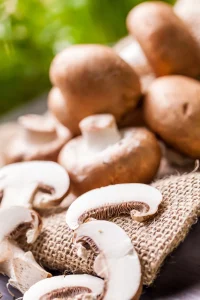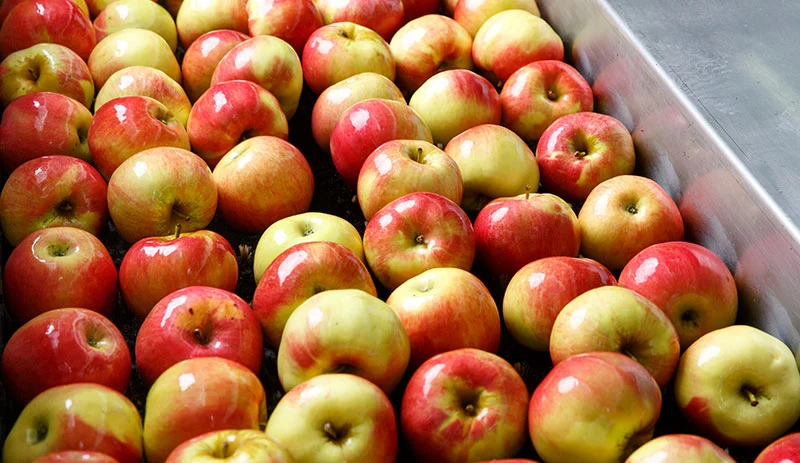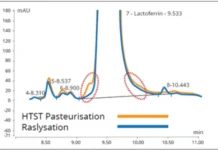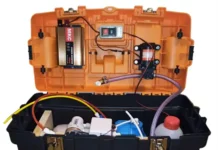IUVA Food and Beverage Safety Working Group
Dr. Jaromir Bilek, director, Jenton International Ltd, JenAct Ltd
 Vitamin D provides humans with many health benefits, such as healthy bones; making sure muscles, heart, lungs and the brain work well; and providing toxins so that bodies can fight infection. Vitamin D is naturally sourced from exposure to sunlight or from eating such foods as mushrooms, eggs or fatty fish.
Vitamin D provides humans with many health benefits, such as healthy bones; making sure muscles, heart, lungs and the brain work well; and providing toxins so that bodies can fight infection. Vitamin D is naturally sourced from exposure to sunlight or from eating such foods as mushrooms, eggs or fatty fish.
One hundred grams of sun-grown mushrooms contain around 10% of the recommended daily allowance (RDA) of vitamin D, but almost all commercially grown mushrooms contain about 1% to 2% of RDA or less, because they are grown in tunnels or rooms with artificial lighting. However, it is the UV range of the electromagnetic spectrum that is key in creating vitamin D in mushrooms, and exposure to UV light can lead to more than 200% of needed RDA within the same 100g of mushrooms.
The principle of vitamin D enrichment of mushrooms is well established, and the process is approved by both FDA and EU regulators. Xenon-pulsed UV systems are considered as proven and tested technology for enhancing the vitamin D levels in mushrooms. It is the high peak UV energy that enables treatment of mushrooms placed in punnets prior to flow-wrapping. The entire vitamin D enrichment then can take as little as a couple of seconds and is therefore suitable for medium- to large-scale mushroom production.
However, the integration of such a UV treatment into a food production line still provides many challenges where often contradicting requirements must be met. The pulsed UV systems must be carefully controlled and well integrated into the machines, otherwise they can pose significant health and safety risks. On the other hand, the systems must be as easy to use and maintain as possible. On top of that, the space of the production lines is usually limited, and all requirements, features and safety must be integrated into a compact “plug and play” machine.
Adequate validation of the vitamin D enrichment process also is essential. The vitamin D levels are greatly affected by the number of parameters, such as temperature, age and size of the mushrooms; physical layout of a punnet, etc. Therefore, each product usually requires its own recipe in terms of overall UV energy delivered. The UV energy is typically measured in regular, frequent intervals using a suitable radiometer. This allows for the actual vitamin D levels to be measured in less frequent intervals, because the sample preparation takes several days, and vitamin D analyses can only be carried out in approved laboratories.
Jenton International and its subsidiary, JenAct, has now developed and manufactured several versions of the vitamin D enhancement machines, each tailored to suit the specific requirements of the customer’s manufacturing facility and throughput requirements. For further information on this technology, please contact Dr. Bilek.
The IUVA Food and Beverage Safety Working Group explores the latest updates on the science-based validation and commercialization of UV-C technology for plant growth stimulation or suppression, nutrition enhancement, fungicide and pesticide reduction, wash water sanitation and postharvest disinfection, as well as use for nonthermal, low UVT beverage treatment.
Contact: jbilek@jenton.co.uk






